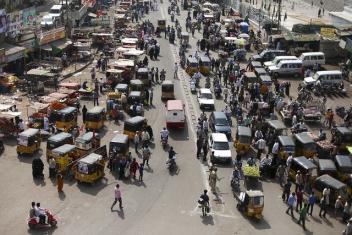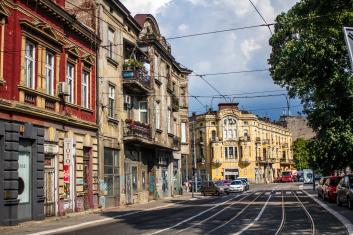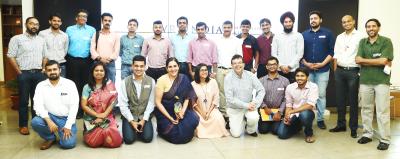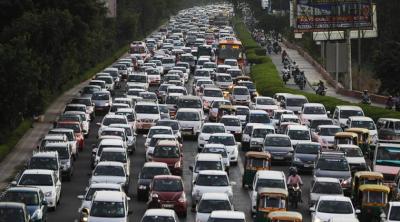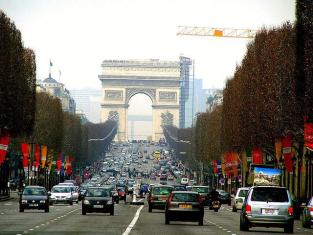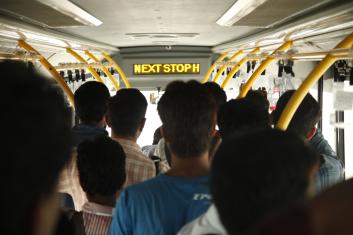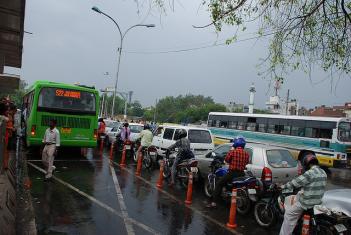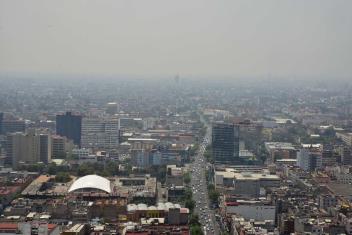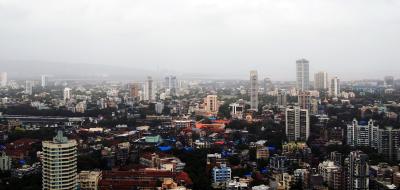India Has the Worst Road Safety Record in the World. A New Law Aims to Change That
by -This blog post originally appeared in WRI Insights.
India’s parliament approved the Motor Vehicles Amendment Bill on July 31, 2019, the result of a five-year effort to improve national legislation on road safety. After the president’s approval, India’s streets may finally become safer places for both pedestrians and drivers.
Road traffic deaths have reached alarming levels across the world, with...

